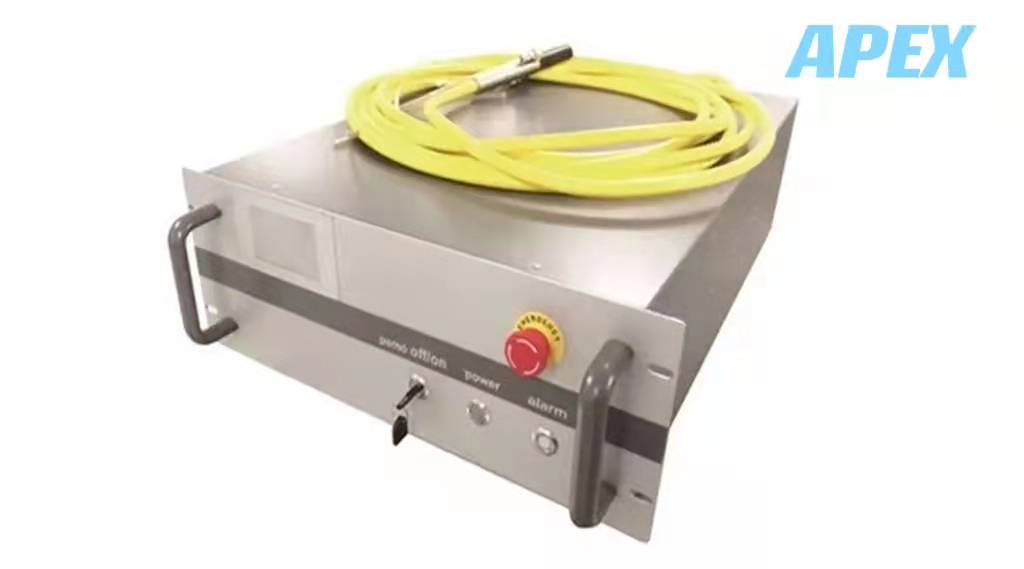As we all know, fiber lasers have become one of the main industrial lasers in the world. Compared with semiconductor lasers, solid-state lasers and CO2 lasers, fiber lasers account for more than 50% of the global industrial market.
1. The beam quality is very good. Its diffraction limit multiple M2 is almost close to 1. Because it uses fiber material as the gain medium, the light it produces is very straight and can be focused into a very small spot, so it is efficient and accurate in marking, cutting, and welding. Both are very high.
2. Very high power can be achieved. The higher the power of the laser, the wider the application range, so its power is constantly being improved. Because it has a very good beam quality at the same time as high power, its power density is also very high.
3. The heat generated is very small and it is easy to cool down. In the working process of fiber laser, the conversion rate of laser energy can reach 70%-80%, which means that only a small part of fiber laser is converted into heat. So even a fiber laser with a power of several kilowatts only needs simple air cooling. In addition, the slender optical fiber has a high surface area/volume ratio, which is very conducive to heat dissipation and also reduces the loss of the optical fiber.
4. It has good stability and reliability. The fiber laser effectively compensates for the problems of conventional lasers that are very sensitive to vibrations and collisions. Because it is a fiber structure, it is very easy to use. This waveguide structure can produce a fiber laser output system composed entirely of fiber optic devices, without photoelectric conversion, can directly amplify and process the optical signal, thereby achieving ultra-long distance, ultra-high-speed stable transmission, and enhanced Reliability during transmission.
5. long service life, maintenance-free. The service life of fiber lasers can reach more than 100,000 hours. Since there is no loss during use, it basically requires no maintenance.
6. Industrial application: In the past, punch and plasma cutting were mainly used in the field of sheet metal processing. Among them, punches were used for thin sheets and ion cutting was used for thick sheets. However, with the continuous development of fiber laser technology, fiber laser cutting has had a huge impact on traditional processing technology and CO2 laser processing.
Compared with traditional punch processing, fiber laser is non-contact processing, which generates less stress and low noise, and can completely process high-reactive materials such as aluminum and copper in batches; compared to CO2 laser processing, fiber laser’s electro-optical conversion The efficiency reaches 40%, the power consumption is only 1/3 of the CO2 laser, and the processing speed is increased by 2 to 3 times.
In just 5-6 years, fiber lasers have relied on various technical advantages to initiate a technological revolution in laser cutting. Today, the demand for 4 kW fiber lasers continues to increase, and the application fields are slowly penetrating into basic fields such as automobiles, ships, and aerospace.
7. Military application: In the late 1980s, the wide application of double-clad fiber and cladding pumping technology made the production of high-power fiber lasers a reality and rapidly expanded to the military field. Today, fiber lasers are the light source of choice for tactical laser weapons.
At present, the U.S. military has widely used fiber lasers in the testing of airborne laser systems, advanced tactical laser systems, laser “Avengers”, laser area defense systems, “air sentries” and other laser weapon systems, demonstrating its good development prospects . In addition, there are Germany, Japan, Britain, etc.
Post time: Jan-10-2022

